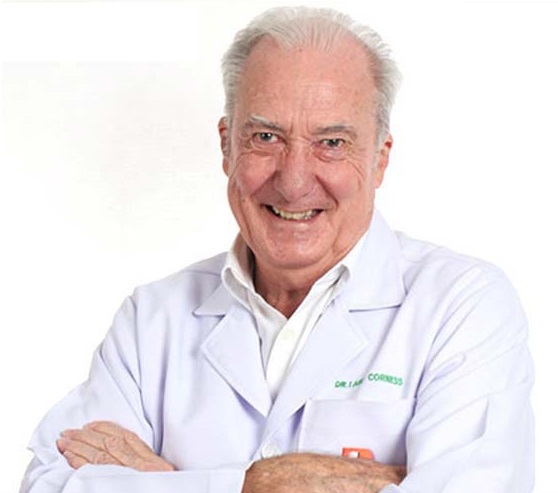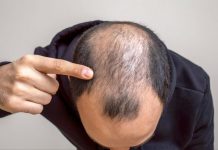 Chicken pox is a common disease caused by the varicella zoster virus which is a member of the herpes virus family. It is very contagious and usually occurs during childhood. Adults can get the disease if they did not have it in childhood.
Chicken pox is a common disease caused by the varicella zoster virus which is a member of the herpes virus family. It is very contagious and usually occurs during childhood. Adults can get the disease if they did not have it in childhood.
What are the symptoms?
Chicken pox most often begins with a slight fever, body aches and loss of appetite. Within 1-2 days, the rash appears usually starting on the chest or back. Initially the rash begins as red spots which then rapidly form blisters and spreads to the rest of the body. The blisters open and form a crust or scab within a few days. The rash can continue to break out for 4-5 days as older lesions crust and heal. Itching can accompany the rash along with fever, swollen lymph nodes, sore throat and general body aches. It is unusual to have chicken pox more than once.
Is chicken pox contagious?
Chicken pox is contagious through direct contact with the fluid in the blisters and by airborne droplets that are inhaled. Incubation period is 7-21 days. A person is contagious from 1-2 days before the rash appears and until all the lesions form crusts. What is the treatment?
Treatment is focused on relief of symptoms. Antihistamines or baths with colloidal oatmeal may help relieve itching. Tylenol or ibuprofen is used for fever or pain relief. Aspirin should be avoided. Antiviral drugs such as acyclovir may be prescribed. (A vaccine has been released.)
So what is shingles?
Shingles is a painful skin eruption caused by the varicella zoster virus, the same virus that causes chicken pox. The virus remains dormant in a nerve root near the spinal cord after chicken pox. Fatigue, emotional upsets, immune suppressive drugs (such as corticosteriods), radiation therapy or unknown factors cause the virus to reactivate. When it reactivates, it travels down the nerve to the skin. Anyone can get shingles if they have had chicken pox but it is more likely to occur in older people.
What are symptoms of shingles?
Pain usually begins along the nerve before the rash appears. Itching, burning or weakness in the associated muscles may also be present. The rash usually develops within a few days after the pain begins. The rash appears as groups of small blisters on the skin along the nerve tract. This often occurs on one side of the chest or face, but may appear on any part of the body. The blisters crust and heal during the next two weeks. Pain may persist for weeks or sometimes months after the rash heals. There used to be an old wife’s tale that if the rash went completely around the torso you would die. Take it from me – you don’t.
Treatment
Antiviral medications such as acyclovir can be used to reduce the pain and promote healing if started early in the course of illness. Pain relief medicine and soothing soaks or lotions may also be used.
However, there are vaccines available for the person older than 70, though the immune boost seems to run out after 80.
And like all vaccination programs need to be followed correctly, taking the advice of the doctor. And yes, we do have the Shingles vaccine. Telephone 1719.
 |
 |
 |





